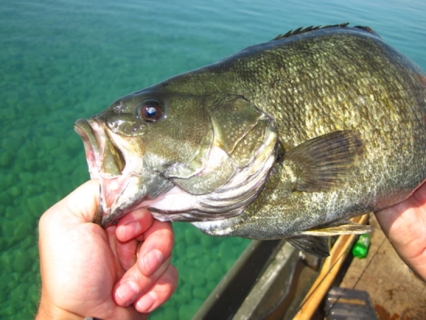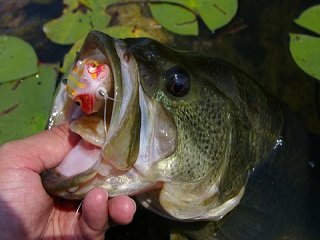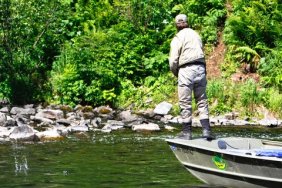Ever wonder why there are so many different rods for sale at your local outdoor retailer? Well, aside from the subtle differences in length and action, there are actually rods designed for specific techniques and lures such as frog rods.
Beginners may inquire after the reasons for the specific rods, but seasoned anglers know the importance of having the right tool for the job at hand. Today, we’ll take a look at so-called frog rods that handle a certain type of lure — topwater frogs. We’ll break down just what type of frog rod works best when you tie one on.
RELATED: Where to Fish Frog Lures This Summer
Let’s start with the frog rod tip. While there are many who argue that the tip of a frog rod needs to be a fast action versus extra fast action to prevent the angler from pulling the bait from the bass, more experienced anglers can control the urge to set the hook before they feel the strike, in which case a slower tip is not necessary. The fast tip is forgiving for any angler who sets the hook too soon. However, with a fast tip you’ll be giving up some power necessary to muscle large bass from thick vegetation. The extra fast tip allows an angler to set the hook quickly and then get that bass moving out of the cover. The faster you can get a bass turned and headed out of the cover, the more fish you’ll bring to the boat.
Next, you’ll have people that defend heavy action frog rods all day long, with regards to frogs. With frogs, though, your effectiveness relies a lot on your cast, and trying to cast a frog long distances over grass flats, or lily pad fields just isn’t going to go very well with a rod that is too stiff. Furthermore, factor in any wind and your casting distance shortens even more. Also, when you’re trying to cast under docks and limbs, or into small pockets along the bank, a heavy action rod will destroy your accuracy. Now, a medium-heavy rod with a faster tip gives you the ability to cast a hollow body frog both a mile and short distances with deadly accuracy, as well as the power to bring a bass out of cover and to the boat.
RELATED: How to Trick Out Your Frog Lures for More Action
Lastly, we’ll take a look at the length of a frog rod. Generally, a longer frog rod will help during a hook set, which will give you a great advantage, especially in thick cover. With frogs, a 7’3” rod is the perfect length for casting and setting the hook while still being short enough to work a frog effectively. Many anglers like to “walk the dog” with hollow body frogs, and this tends to be easier with the rod tip pointed at the water. If the rod were any longer than 7’3”, it would slap the water or side of the boat during the retrieve. Keeping the frog rod tip pointed down also allows you to bring in the most line when you set the hook. You move more line exponentially with a longer rod multiplied against the distance of your swing.
While many anglers will have their own personal preferences when it comes to an ideal rod for topwater frogs, the characteristics outlined above will help you narrow down your own search to a solid model. Keep an eye out for future articles highlighting optimal rods and reels for specific techniques or lures!
Fish gallery
-
Fishing Files
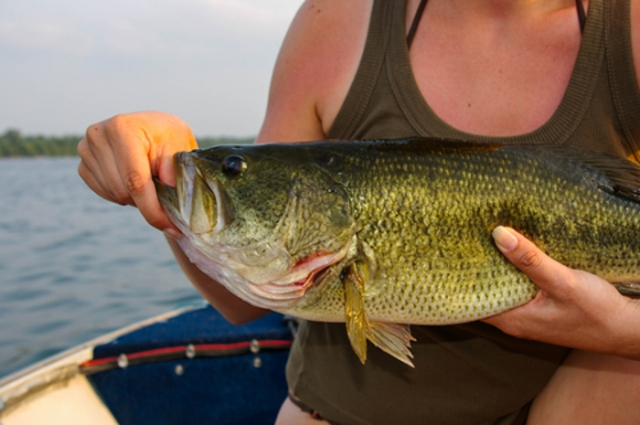
-
Striped Bass
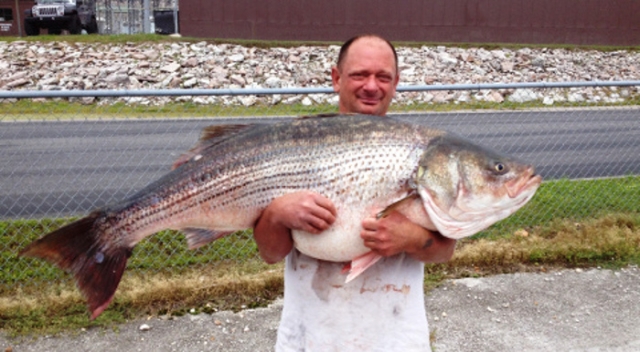
-
Fishing Files

-
Smallmouth Bass
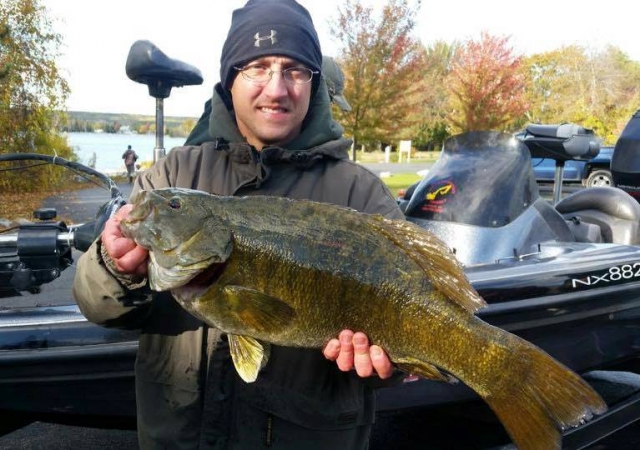
-
Fishing Files
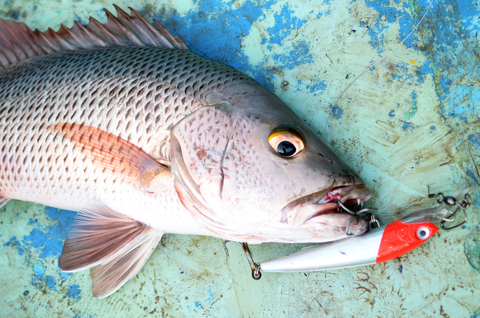
-
Fishing Files
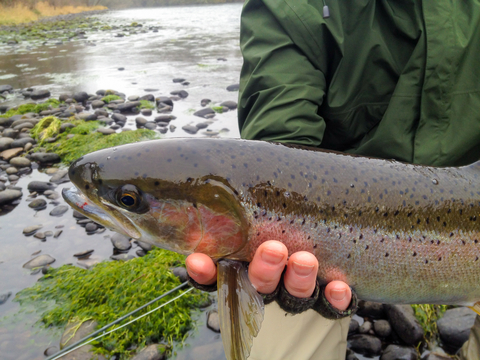
-
Largemouth Bass
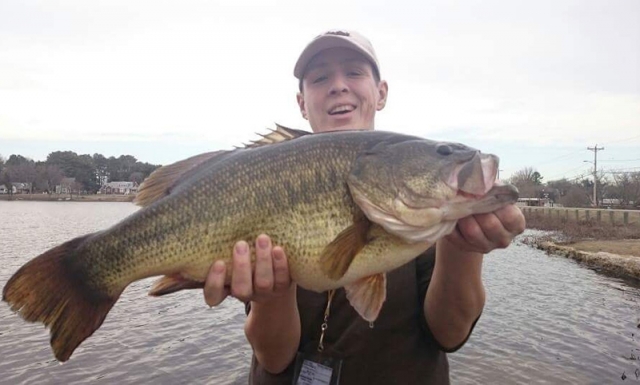
-
Fish fail in Russia
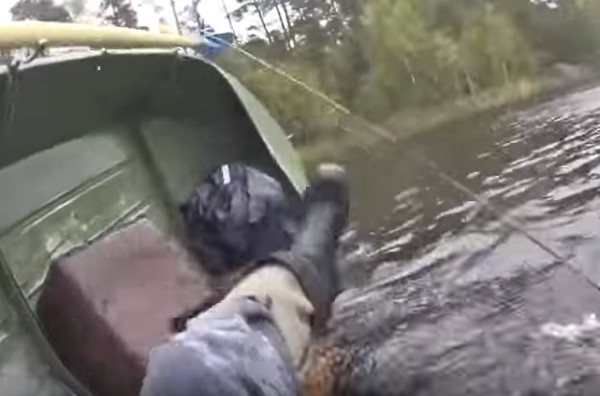
-
Bait fish
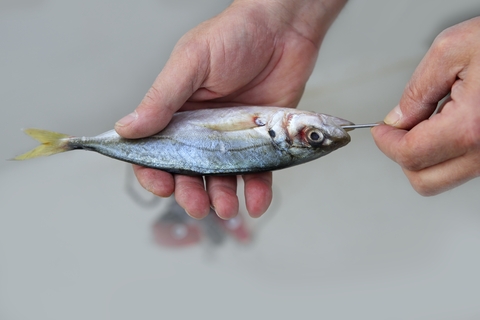
-
Fishing the weeds
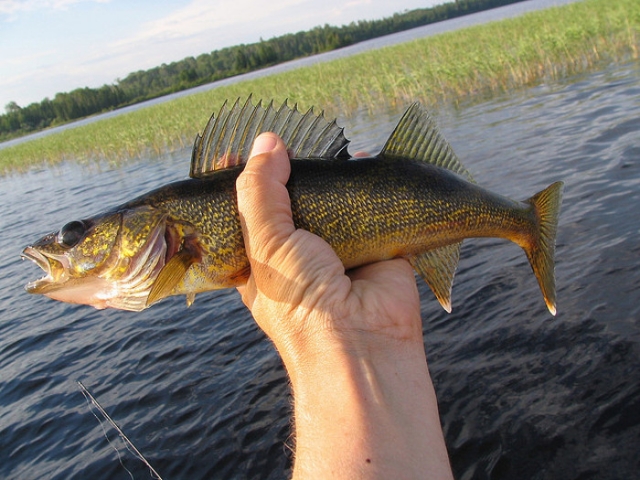
-
Fishing Waders
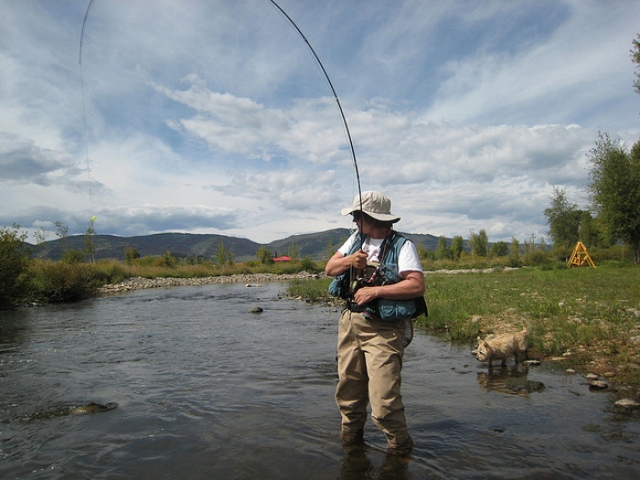
-
Old Man Fishing
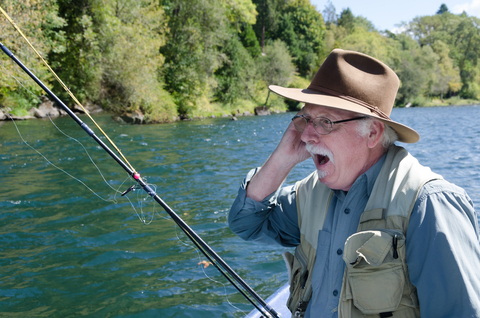
-
Fishing
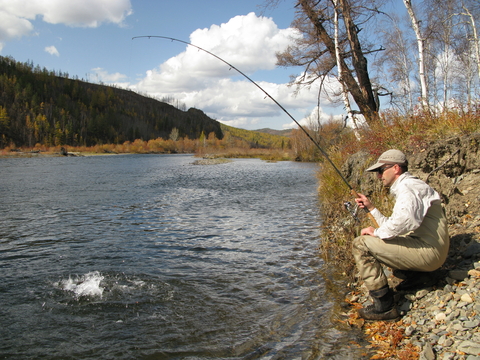
-
City Fishing
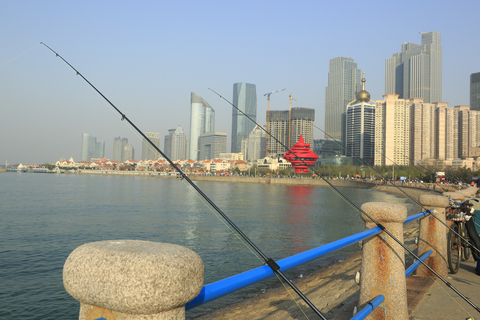
-
Fishing the cold
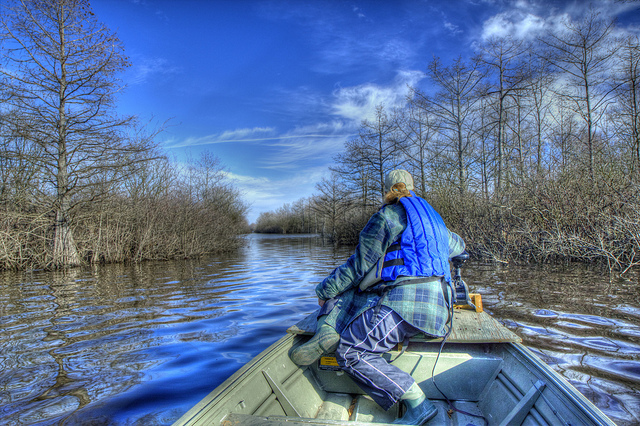
-
Fishing sunset
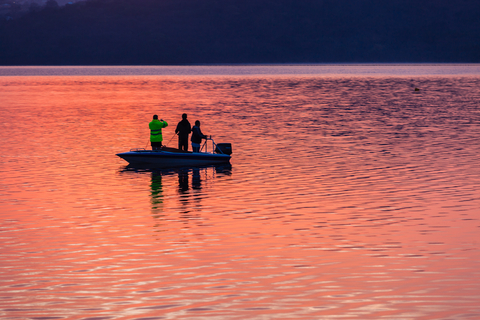
-
Bank fishing
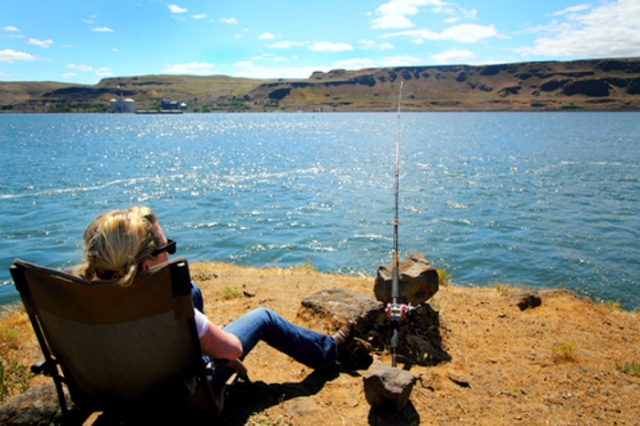
-
Day glow fishing boat
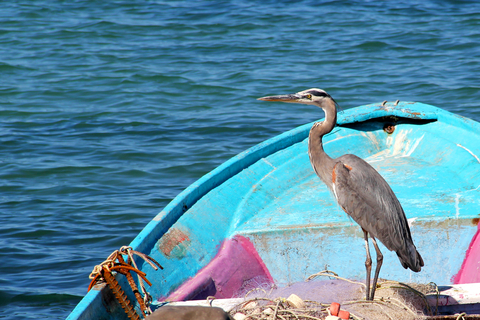
-
Fishing Pro
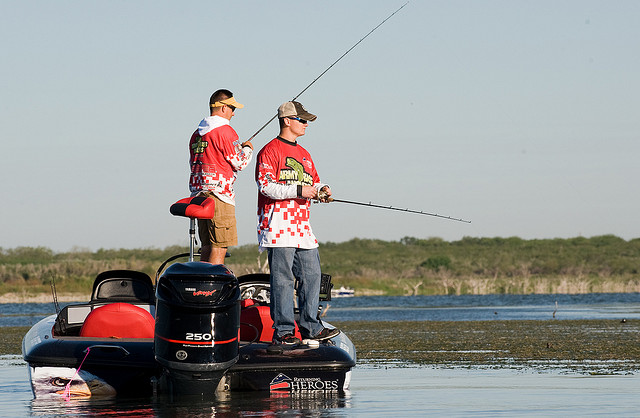
-
Fishing
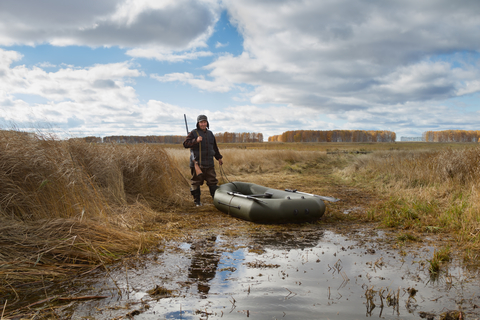
-
Fly fishing
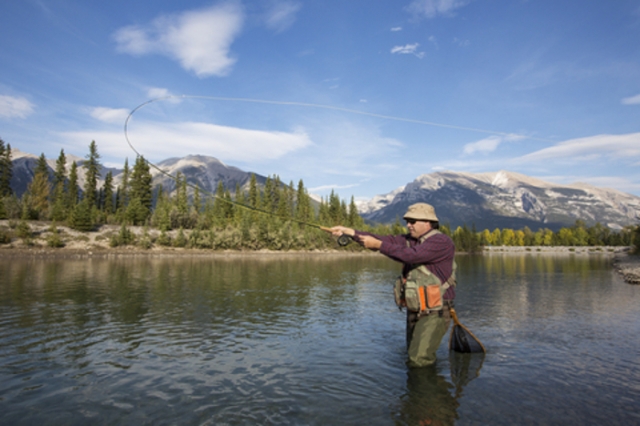
-
Fishing Files
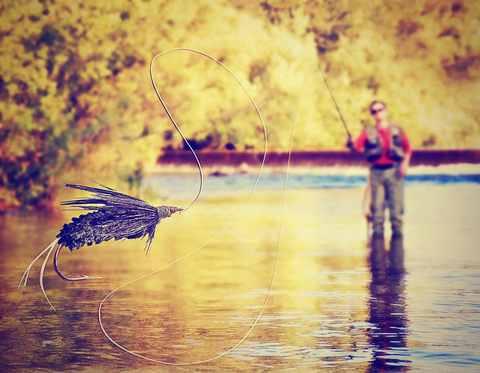
-
Fishing Files
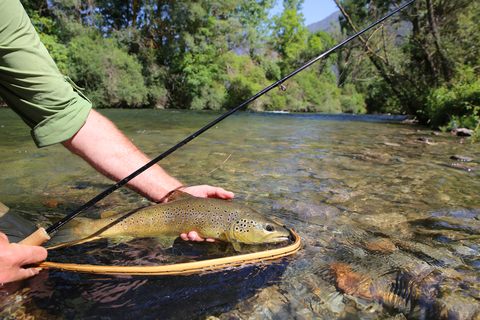
-
Fly reel
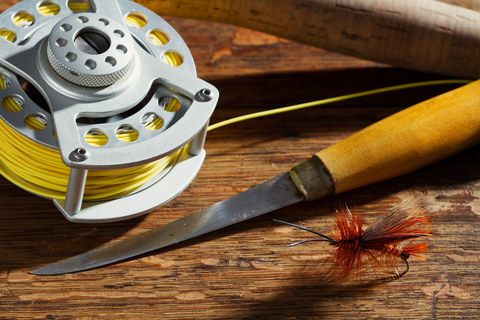
-
Gar Fish

-
Golden Trout
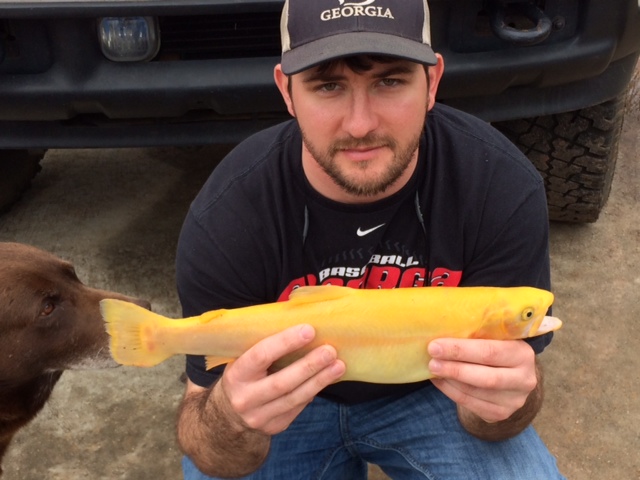
-
Ice Auger
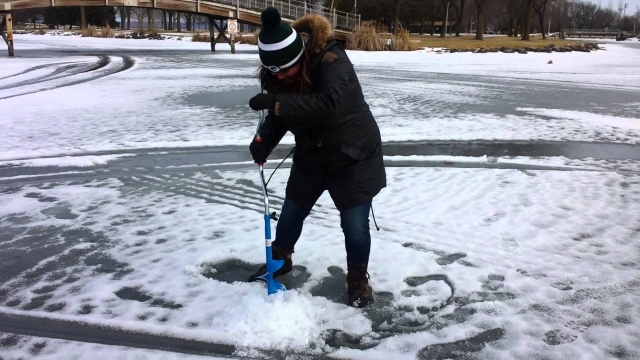
-
Ice Fishing
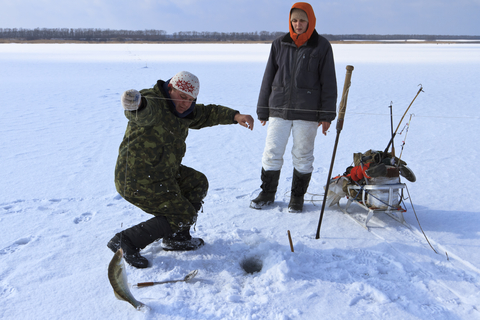
-
Halibut
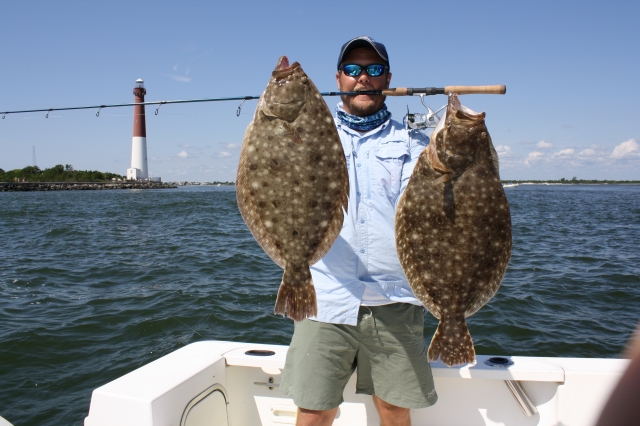
-
Bass Fish
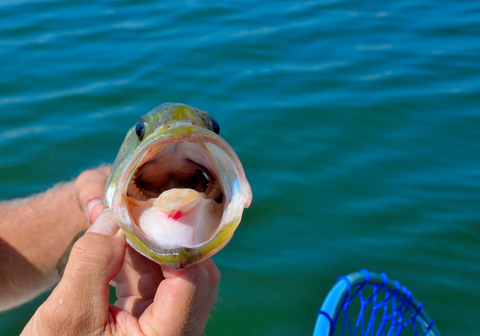
-
Lobster Dog
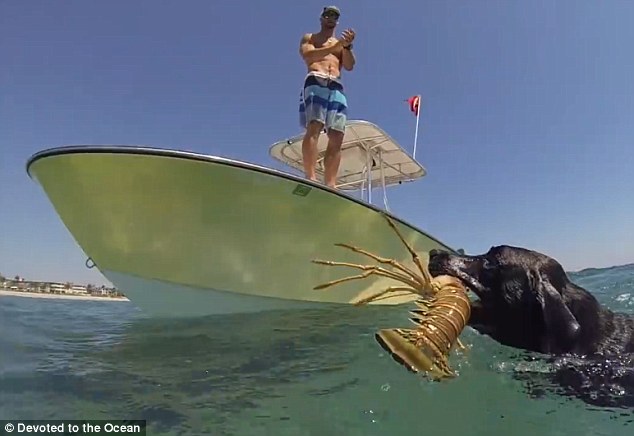
-
Marlin Fishing
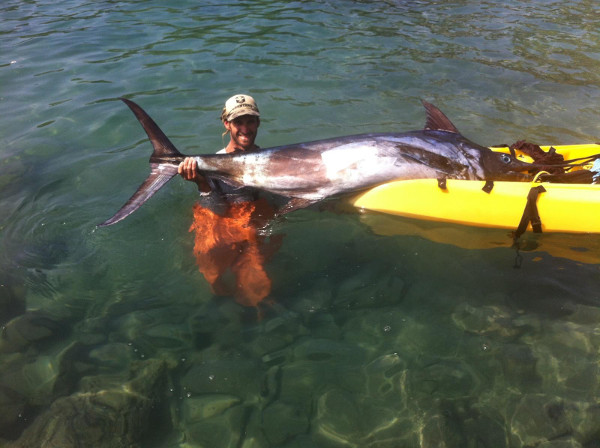
-
Muskie
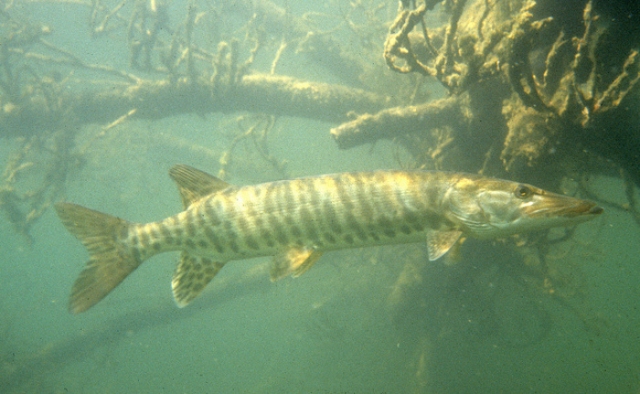
-
Fishing Files
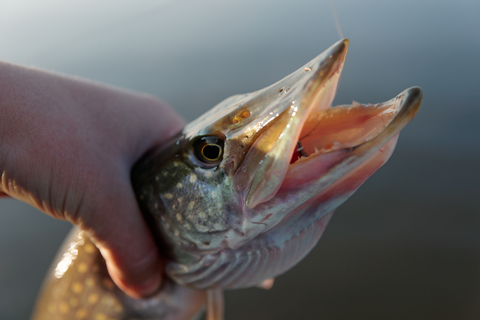
-
Nymph

-
Oarfish
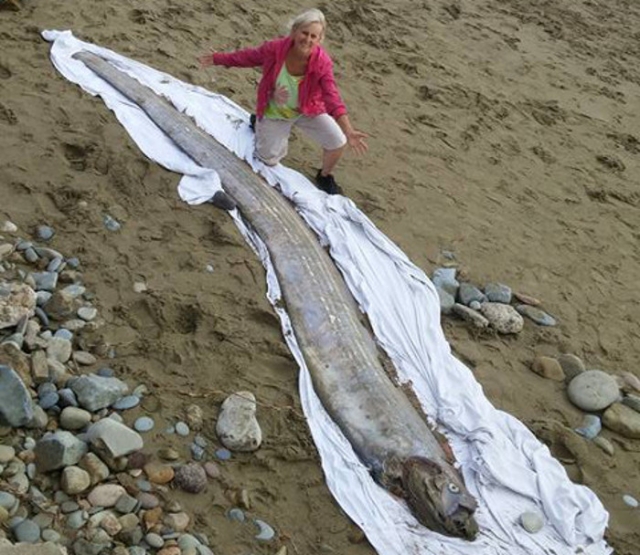
-
Obama Fishing
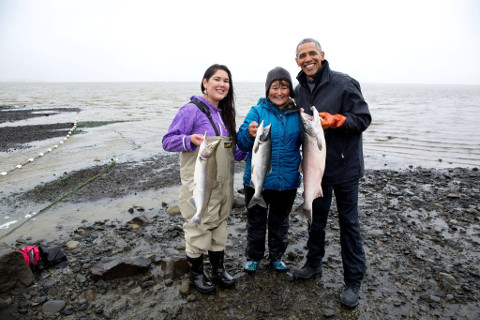
-
Panfish
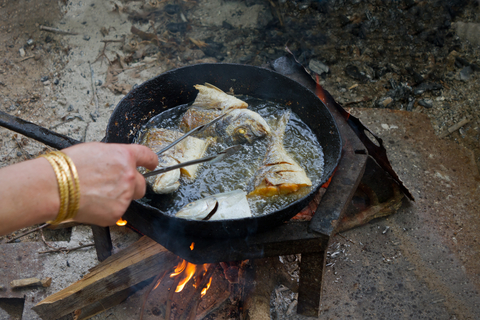
-
Pelican

-
Fishing Files
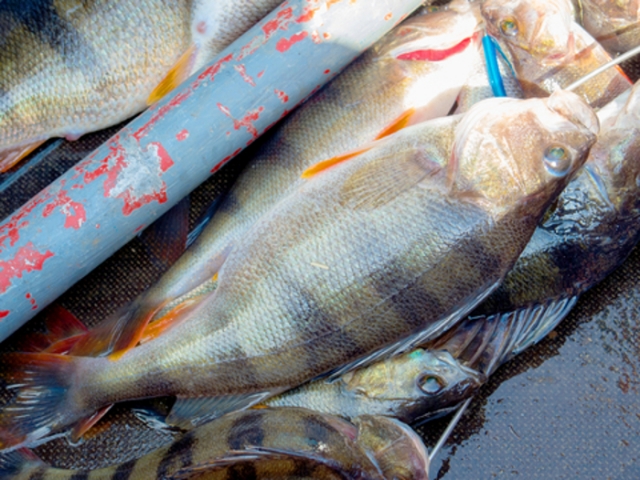
-
Fishing Files
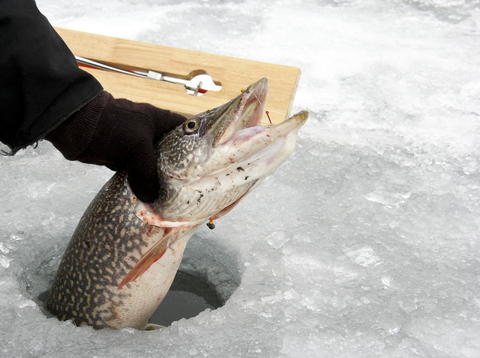
-
Fishing Files
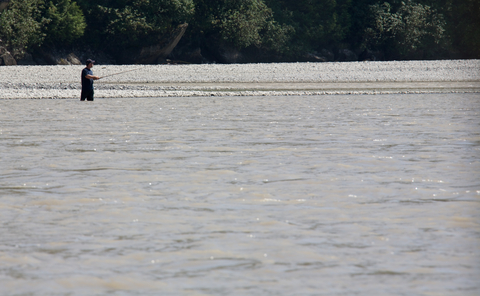
-
Fishing Files
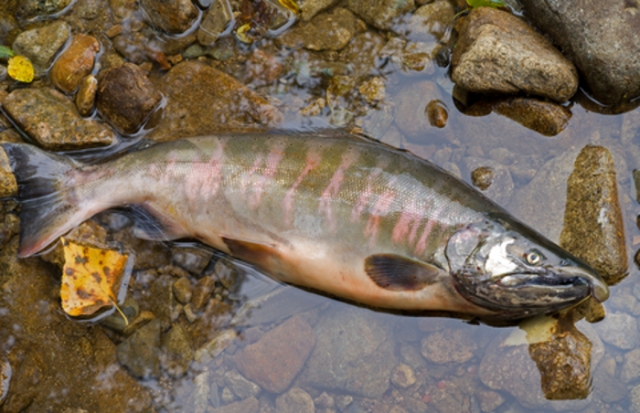
-
Fishing Files
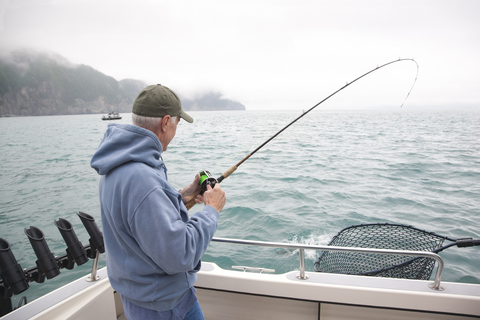
-
Fishing Files
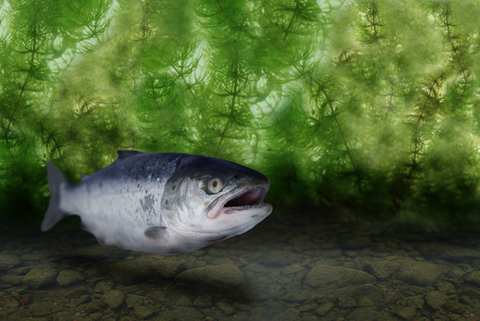
-
Fishing Files

-
Fishing Files
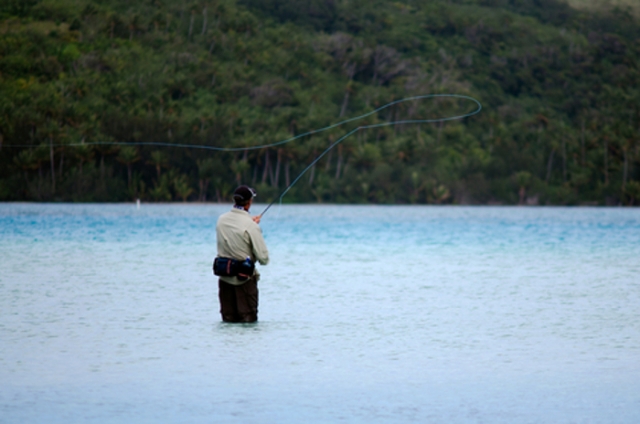
-
Fishing Files
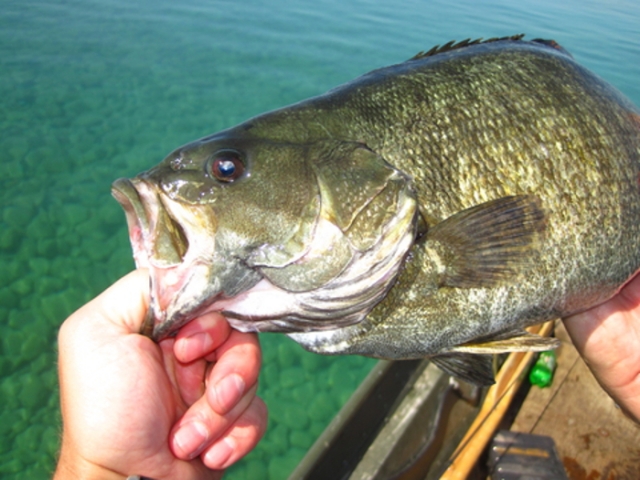
-
Snakehead
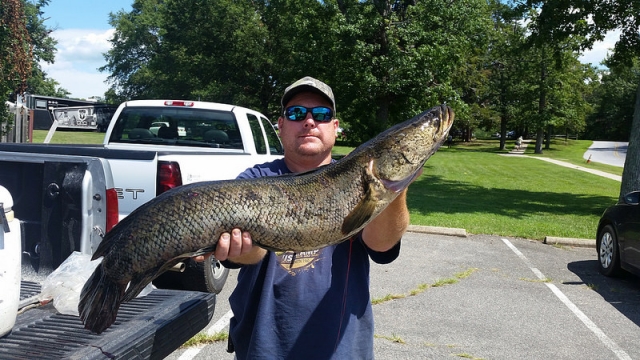
-
Spinner Shark
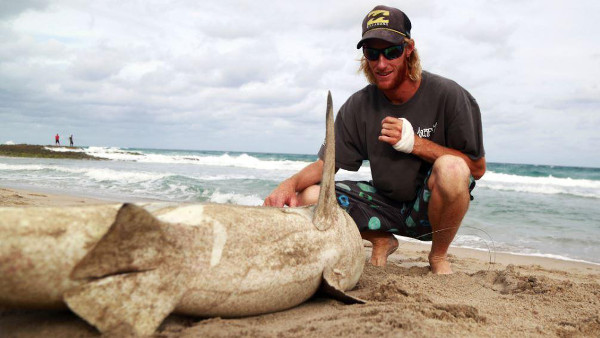
-
Spotted Bass
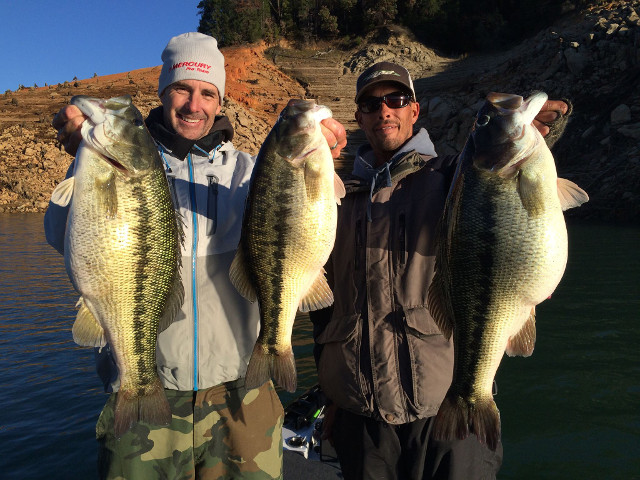
-
Striped Bass
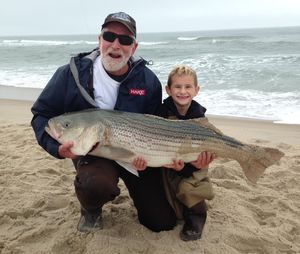
-
Sturgeon

-
Fishing Files
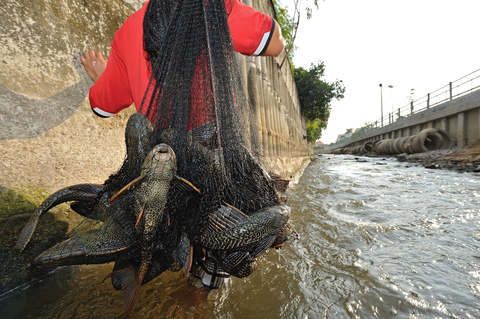
-
Trout Fishing
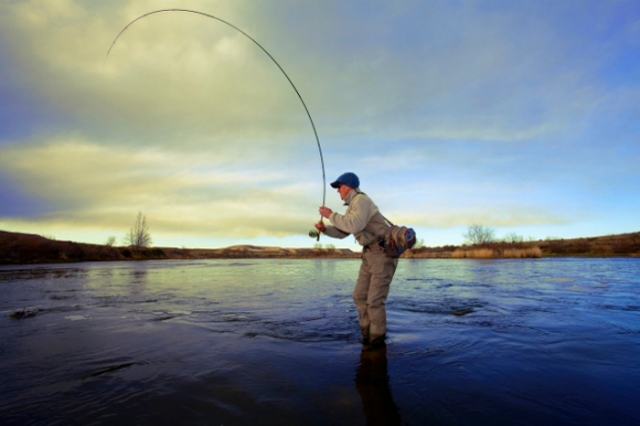
-
Fishing Files
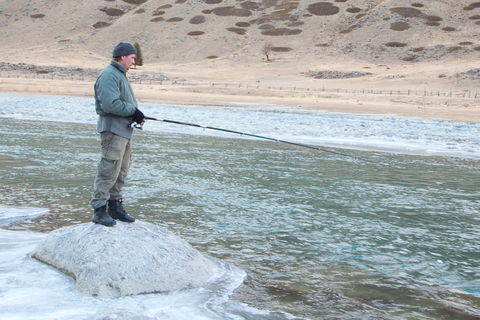
-
Fishing Files
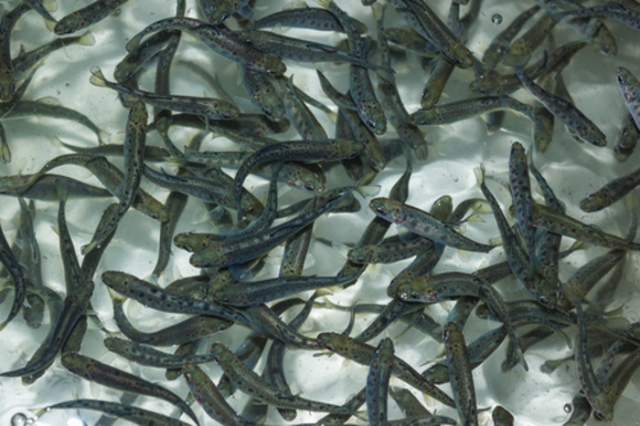
-
Fishing Files

-
Fishing Files

-
Northern Pike

-
School of Karanteen
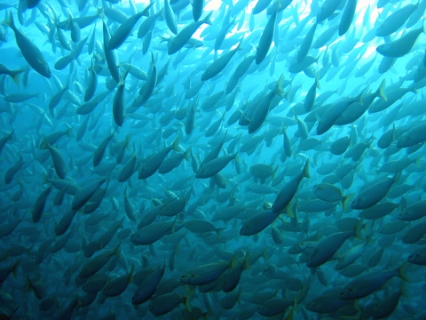
-
Walleye
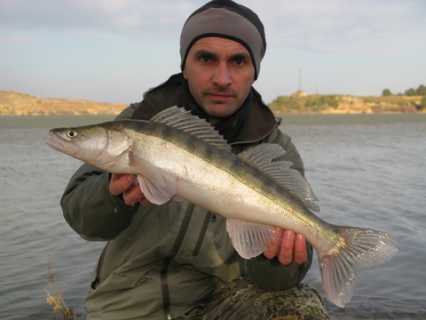
-
Goliath Grouper

-
Barracuda

-
European Chub
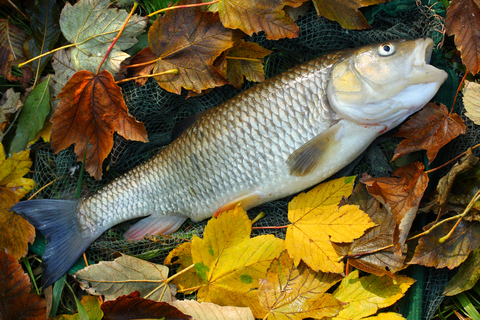
-
Drum Fish
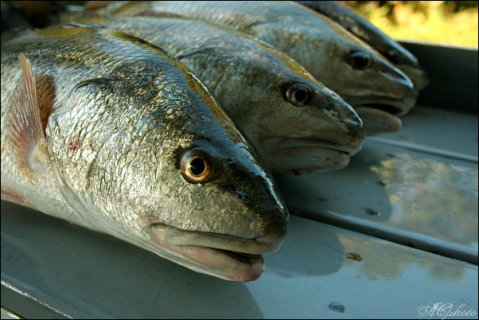
-
Grouper
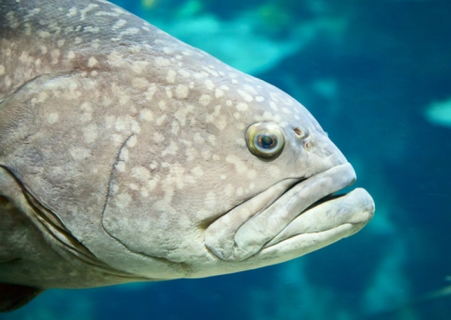
-
Blue Catfish

-
Catfish
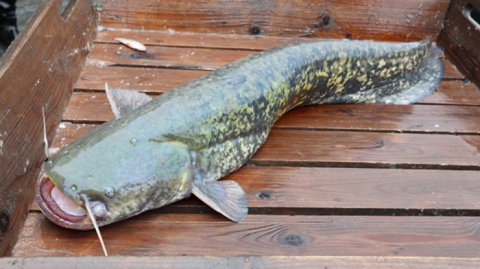
-
Star Puffer Fish
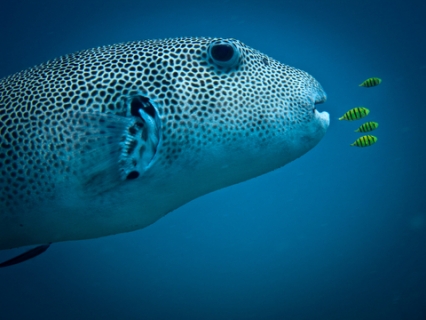
-
Napoleon Fish
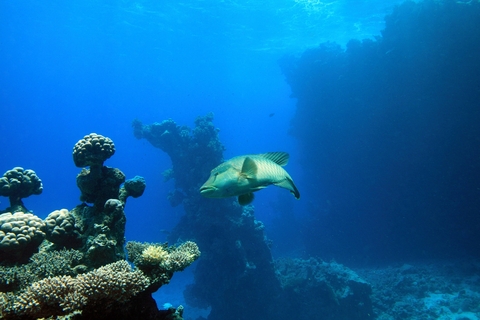
-
Smoked Trout
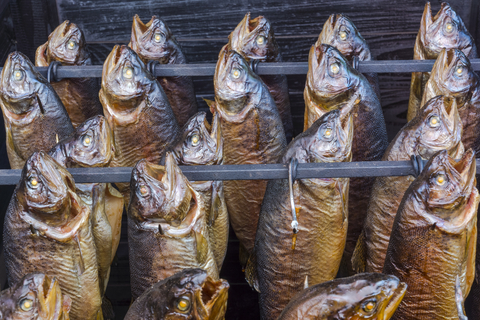
-
Perch

-
Smallmouth Bass
